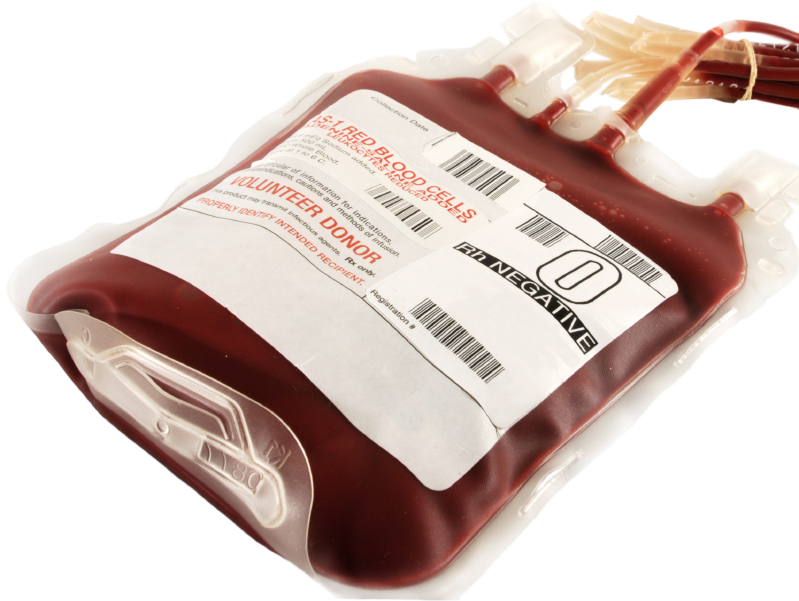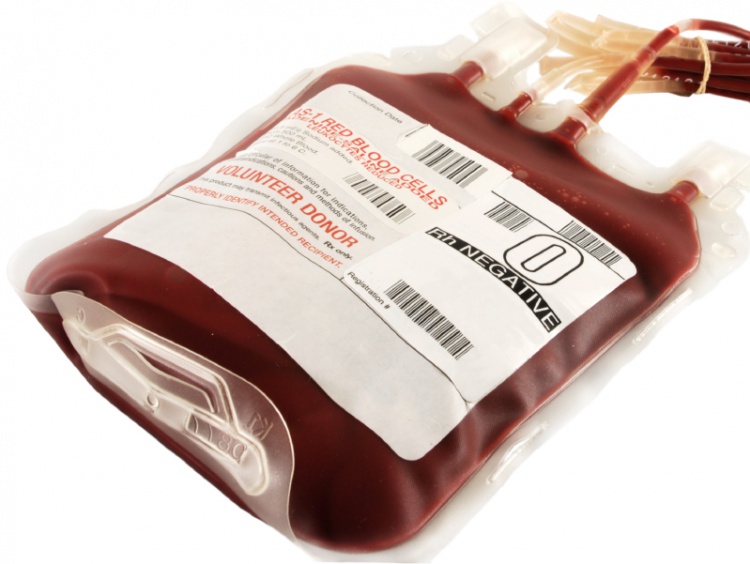
Q: “I’ve always been a blood donor. It’s something worth doing for others, but also I understand that men really have very little mechanism for eliminating excess iron from the blood, so it’s probably good for my health as well. I’ve always read that blood shouldn’t be donated while on a cycle. Truth or myth?”
Those who say that blood should not be donated while on an anabolic steroid cycle are undoubtedly trying to act in a responsible manner. No decent person would want to “dope” another person via receiving blood. So the question is, does this actually happen in a way that’s remotely significant?
With regards to possible practical effect on people, the answer is no. While technically of course some molecules of steroid will be transferred to the other person, the amount is at least an order of magnitude less than could have any significance.
To illustrate, let’s say that your testosterone level during the cycle is 10,000 ng/dL. That’s high. And you give 500 mL. That comes to 5 dL, so the total amount of testosterone present is 50,000 ng, which is 50 mcg, which is 0.05 mg.
Even for a woman, a single steroid injection of 0.05 mg is about as close to absolutely nothing as can be.
From the standpoint of your health, it could be of value to donate blood to reduce hematocrit, which can be elevated on a cycle.
However, there’s certainly the moral question of whether the recipient is expecting such a thing, which they aren’t. In the case of synthetic anabolic steroids, there might be more of a moral question here than with testosterone. With testosterone, they will already have far, far, far more in their bodies already than what they’ll receive from the blood, regardless of gender or age.
So it’s a decision for each person to make. Myself, I don’t do it during cycles, but if another person saw a value in doing so and themselves evaluated it as an appropriate decision, as a matter of fact I see absolutely zero possible harm coming to the recipient, within a safety factor of more than 10 times.

About the author
Bill Roberts is an internationally-recognized expert on anabolic steroids and performance-enhancing drugs (PEDs). He received a bachelor degree in Microbiology and Cell Science and completed the educational and research requirements for a PhD in Medicinal Chemistry at a major American university.
Bill entered the nutritional supplement industry prior to completing his doctoral thesis but his education was invaluable so far as being able to design/improve nutritional supplement compounds, since it was in the field of designing drug molecules and secondarily some work in transdermal delivery.
His education was not specifically "geared" toward anabolic steroids other than expertise with pharmacological principles having broad applications. This has allowed Bill to provide unique insight into the field of anabolic pharmacology with knowledge of points which he would not have known otherwise.
Unethical. If you need to lose some hematocrit on cycle, just plug an empty needle and donate the excess blood to your plants.
Thanks Bill, always wondered about this. I always like reading your articles. Been with you on and off since MFW.
It’s also worth noting some companies that take blood will have an option on the form to destroy the blood taken, so that it’s not given to anyone.
According to my calculation a woman of 130 lbs will have a blood volume of 2800 ml. Given a AAS user donates a 500 ml volume and the persone receives whole blood, which is not usual, and the AAS user had a enormous level of 10000 ng/dL the added androgen load to blood level of the woman after receipt would be 500/3800 x 10000 ng/dL = 1315 ng/dL. This seems a lot for a woman but the free steroid is cleared very quickly from the blood on the order of hours so I don’t really see much damage.